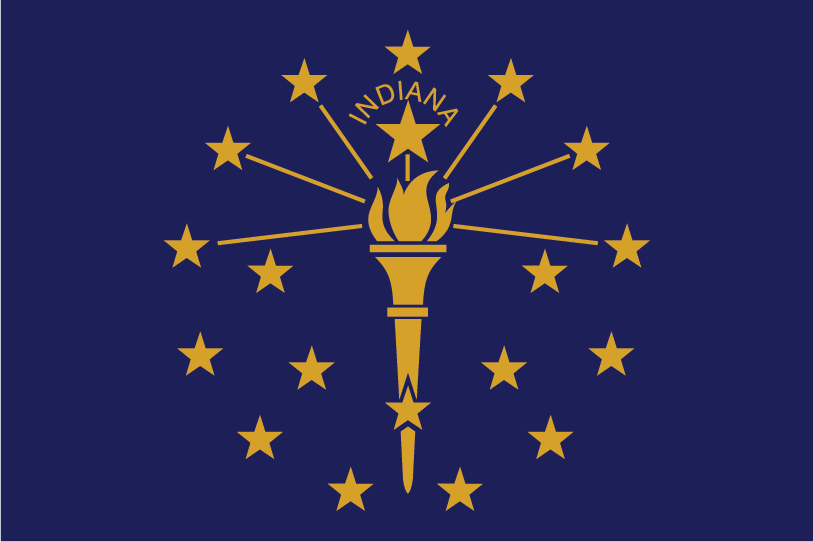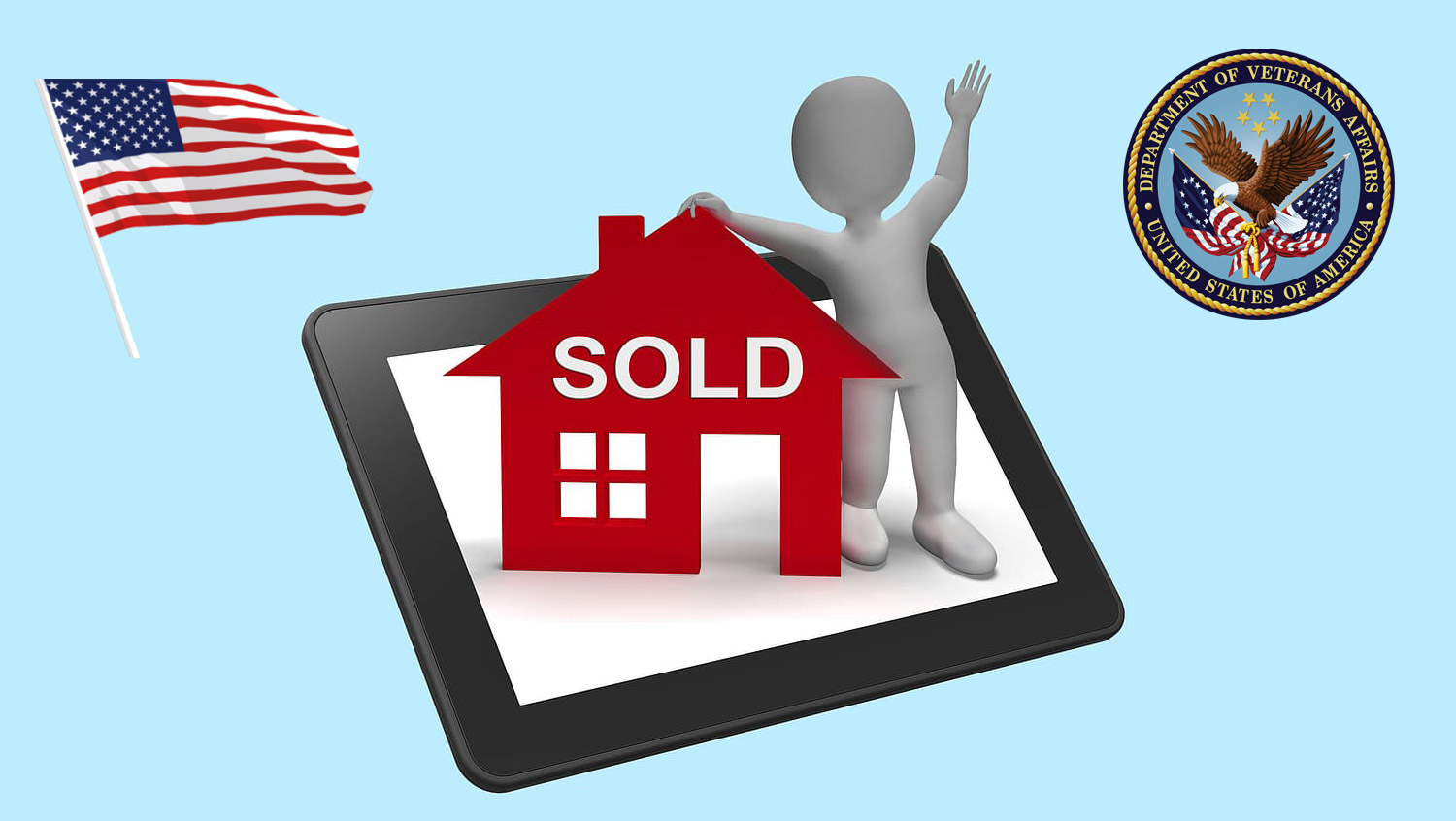What is the Affordable Connectivity Program?
The Affordable Connectivity Program (ACP) is a federal initiative designed to provide eligible households with financial assistance for broadband services and devices. Managed by the Federal Communications Commission (FCC), the initiative seeks to ensure as many homes as possible can stay connected in a world where virtually everything has gone digital.
The program aligns with the Infrastructure Investment and Jobs Act, reinforcing the federal government’s commitment to eliminating connectivity barriers. Through the ACP, families can stay in touch with one another, job search, carry out remote working, access online health services, and engage in virtual learning.
Features of the Affordable Connectivity Program
At the heart of the ACP are financial assistance provisions, offering $30 monthly discounts for broadband services, and a one-time $100 discount for a device, such as a laptop or a tablet. These financial provisions serve to assist households in affording efficient broadband services, fostering digital inclusion, and bridging the digital divide.
Eligibility for the program is defined by several criteria. For instance, at least one member of a household must be a beneficiary of the Lifeline program, or be receiving benefits under the free and reduced-price school lunch program, or have experienced substantial income loss due to job loss or furlough since February 29, 2020, among other qualifications.
Coverage components include broadband service, devices (e.g., computers, tablets), and additional services like customer service support and digital literacy programs.
What Does the ACP Offer?
The ACP provides a discount of up to $30 per month toward internet service for eligible households and up to $75 per month for households on qualifying Tribal lands. Eligible households can also receive a one-time discount of up to $100 to purchase a laptop, desktop computer, or tablet from participating providers.
Broadband Benefits
The ACP provides eligible households with discounts up to $30 per month for internet service. Tribal households may receive discounts up to $75 per month. The discount can be applied to any internet service plan offered by a participating provider.
To qualify for the ACP broadband benefit, household income must be at or below 200% of the federal poverty guidelines or participate in certain assistance programs like SNAP, Medicaid, Federal Public Housing Assistance, WIC, or Lifeline. Low income households on qualifying Tribal lands have additional ways to qualify for the ACP.
Device Benefits
In addition to the monthly internet discount, eligible households can receive a one-time discount of up to $100 to purchase a laptop, desktop computer, or tablet from participating providers. The ACP can help households that otherwise may not be able to afford the devices required to effectively utilize broadband internet access.
To utilize the one-time device discount, eligible households should check with participating internet service providers in their area to see what device discounts they may offer. Some providers may offer free or heavily subsidized devices to ACP-eligible households. Others may provide a discount code that can be used online or in physical stores (if you, be prepared to verify eligibility at the time of purchase).
The Lifeline Program and ACP
The ACP is the successor program to Lifeline, which provides monthly discounts for landline or wireless phone service. While Lifeline continues to support phone discounts, the ACP now serves as the primary federal program for broadband affordability. In many ways, the ACP provides improved and expanded benefits compared to Lifeline.
A key advantage of the ACP over Lifeline is it provides more substantial discounts—up to $30 per month versus $9.25 per month for Lifeline broadband plans. Additionally, the ACP doesn’t have state-specific eligibility criteria like Lifeline does. The national eligibility standards for the ACP are more uniform and expansive. Households that participate in Tribal assistance programs have more ways to qualify, as well.
How to Apply for the Affordable Connectivity Program
Applying for the ACP is straightforward. Interested households can apply online through the program’s official online portal, or mail an application to the Universal Service Administrative Company (USAC).
The required information includes full name, birth date, address, and the last four digits of the applicant’s social security number or tribal identification number. Other relevant information should be provided (such as income-based eligibility or participation in a qualifying program like Lifeline, SNAP, Medicaid, or the free and reduced-price school breakfast/lunch program).
If you’re a part of another government assistance program, the National Verifier will confirm eligibility automatically. But if eligibility can’t be verified automatically, you’ll need to provide documentation to show proof of eligibility.
Once approved, households will receive details on the ACP benefits they qualify for. They can contact any participating internet service provider to select a service plan and apply their ACP discount. For Tribal land households seeking the enhanced $75 monthly benefit, additional documentation may be required to verify residence on Tribal lands.
Impact of the Affordable Connectivity Program
Since its implementation, the ACP has made significant strides in digital inclusivity. Several million households have benefited from the program, many of whom would have otherwise struggled to afford broadband services.
For instance, a family in rural Kentucky, previously struggling with expensive and inconsistent connections, now enjoys reliable internet service, thanks to ACP. An elderly woman in New York, previously cut-off digitally, can now connect with her family and access medical care online. These are just a couple of examples that highlight the significant transformations facilitated by the ACP.
Participating Broadband Service Providers
The ACP offers eligible households discounts on internet service from participating broadband providers. These can include major national companies like AT&T, Spectrum, Verizon, T-Mobile, and Comcast. Many local and regional internet service providers also participate. Across providers, discounted internet plans can utilize technologies like cable, fiber, DSL, satellite, fixed wireless, and mobile wireless.
Eligible households can visit ACPbenefit.org and enter their address to view participating providers in their area from whom they can obtain ACP discounted internet service. The list will include details on the providers’ service area, supported internet technologies, typical download/upload speeds, standard monthly prices, and ACP discounted prices. Comparing details will help an ACP enrolled household select the best participating provider and service plan to meet their connectivity needs and budget.
The Impact and Criticism of ACP
In its first year of launch, the ACP significantly impacted broadband affordability for millions of American households. By May 2022, over 11 million households had enrolled in the program. Internet provider companies reported that ACP service subscribers opted for faster internet plans than the benefits provided through Lifeline. The higher-speed plans better support modern internet usage with multiple devices.
However, the ACP has received criticism regarding the potential for waste, fraud, and abuse. Critics argue that providing subsidies directly to households with inadequate verification protocols could result in benefits going to ineligible households. There are also concerns about the cost of the program if adoption continues to accelerate.
Defenders of the ACP counter that the National Verifier provides robust eligibility checking and that denying or limiting assistance due to unsubstantiated fraud concerns causes more harm than good. The rate at which new households are enrolled in the program is decelerating, showing that ACP enrollment has not spiraled out of control. With affordable broadband access’s myriad socioeconomic benefits, supporters argue the impacts far outweigh the risks.
ACP vs. Other Global Programs
While many countries offer programs aimed at expanding internet access, the ACP’s structure is distinctive. Its generous financial assistance and broad eligibility criteria extend benefits more widely than most similar programs worldwide.
For instance, Canada has a “Connecting Families” initiative offering an internet connection for $10 per month. However, the ACP discount options are more aggressive, covering a wider range of potential recipients. Furthermore, some programs only focus on broadband service, but ACP also provides a computer or tablet discount, further promoting digital inclusion.
Future Outlook for the Affordable Connectivity Program
As the program evolves and expands, anticipated developments include the potential extension in time and scope and the inclusion of more internet provider options. However, the program will face challenges, such as ensuring it reaches all eligible households, particularly in rural and low-income urban areas.
However, the ACP also boasts possible opportunities including reinforcing online education, remote healthcare, and work-from-home arrangements. Additionally, the program could be a decisive step towards national digital inclusiveness.
 Benefits.com Advisors
Benefits.com Advisors
With expertise spanning local, state, and federal benefit programs, our team is dedicated to guiding individuals towards the perfect program tailored to their unique circumstances.
Rise to the top with Peak Benefits!
Join our Peak Benefits Newsletter for the latest news, resources, and offers on all things government benefits.


















